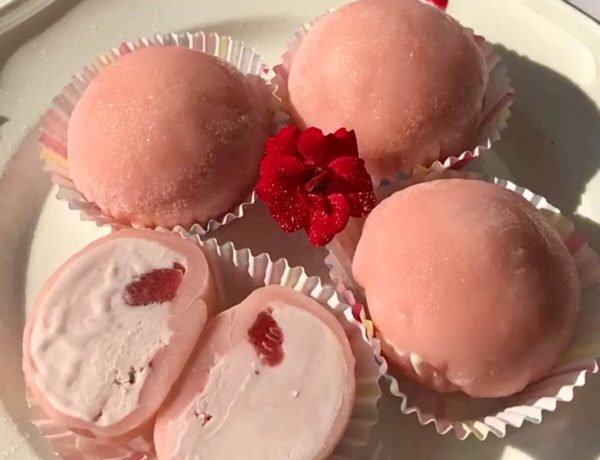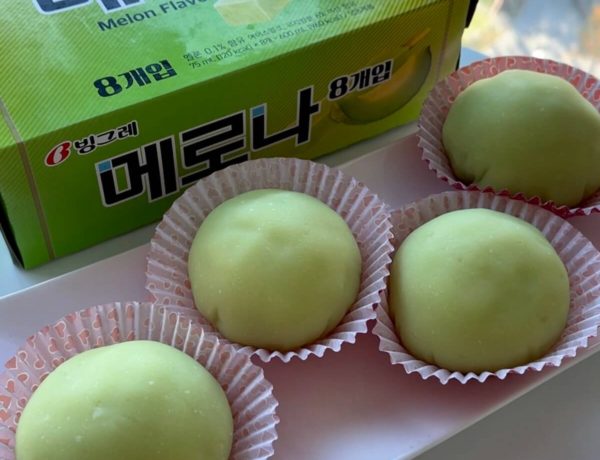Hanami dango is a chewy dessert known for its iconic colors of green, white and pink. It even has an emoji dedicated to it! Though these are traditionally served during cherry blossom season in Japan, it can also be enjoyed all year round.
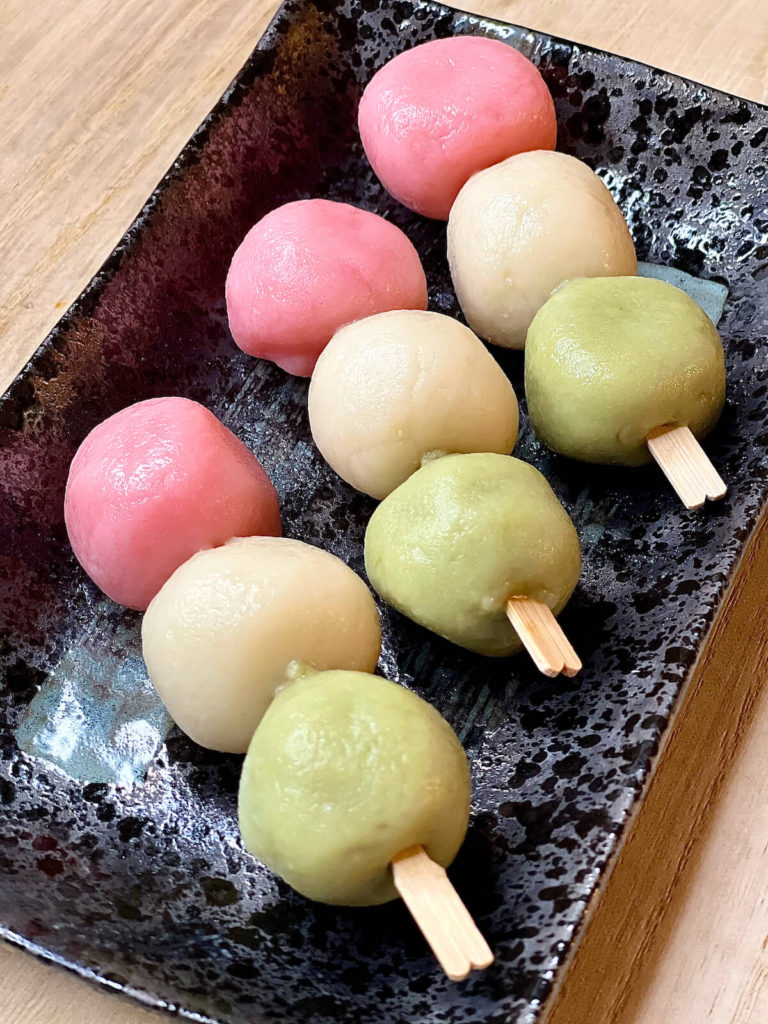
Hanami means “flower viewing” in Japanese and is a common treat to enjoy while admiring the cherry blossoms. Cherry blossom season is one of the most sought after times to visit Japan and usually starts between mid-March and early May.
Taste
Silken tofu
Silken tofu is a fairly easy product to find and provides a soft texture to the dango. I’ve tried to make this recipe without it and the taste was much too doughy. You don’t need much tofu for this recipe, so you can use the leftovers for making smoothies! It’s also commonly used in Asian soups – think soondubu-jjigae (Korean soft tofu soup).
Mochiko
I always use Mochiko for my mochi recipes because it’s very easy to find and provides the best texture. The box says sweet rice flour, but this is just another name for glutinous rice flour. So, you can substitute any brand of glutinous rice flour for this recipe. I recommend Mochiko, though, because the rice is processed into a very fine powder which I trust the most for making mochi.
Iconic colors
Hanami dango is known for it iconic colors of green, white and pink in that order. I’m sure you’ve seen the iPhone emoji too!
I used matcha, otherwise known as green tea powder, and red gel coloring to color the dango. This is not traditional by any means, but works very well to achieve the result I wanted! Coloring the dango is completely optional and doesn’t do much for the taste. I just think it’s more fun to eat this way.
How to make this without a scale
I highly recommend buying a scale because it’s essential for certain recipes. It’s almost impossible to measure certain ingredients correctly without it. If you don’t have a scale, however, you can still make this recipe. It will just be more of a trial and error experiment for you.
The dough should have a very soft dough texture – kind of like a soft earlobe. It should not spring back or be firm when you squeeze it. To start, add what you think are equal parts Mochiko and silken tofu. Then mix well and feel the dough. If it’s too firm, gradually add more tofu. If it’s too soft to form into circles, then add a bit more Mochiko. The goal is to get it as soft as you can, but still firm enough to pick up and form into balls.
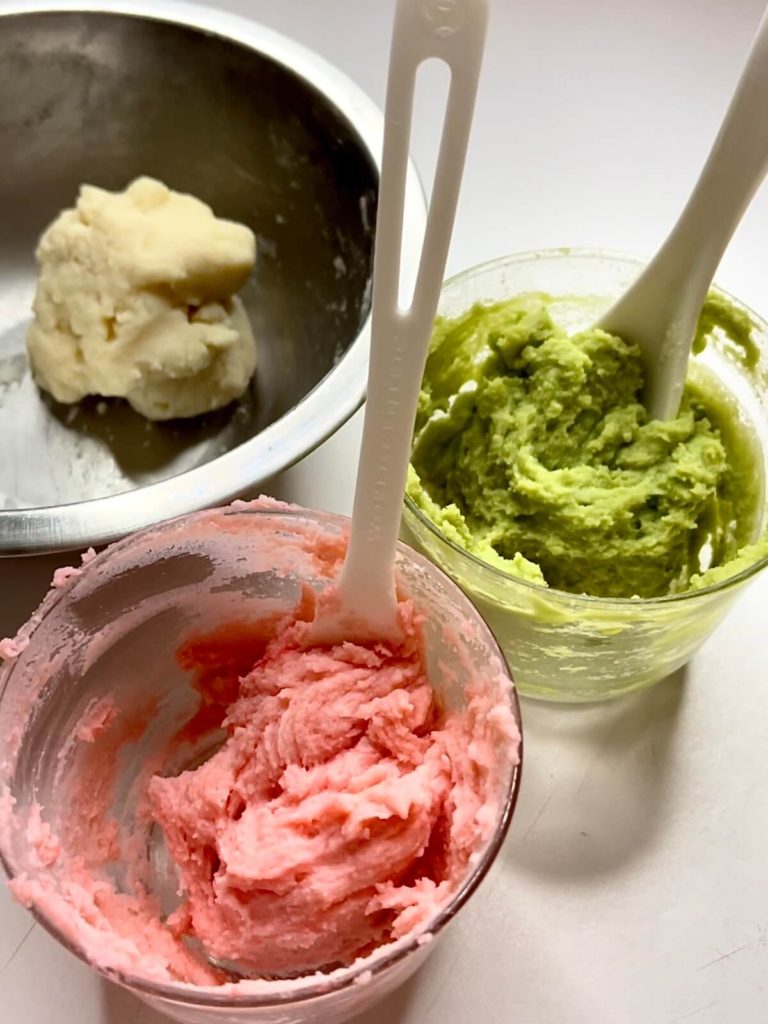
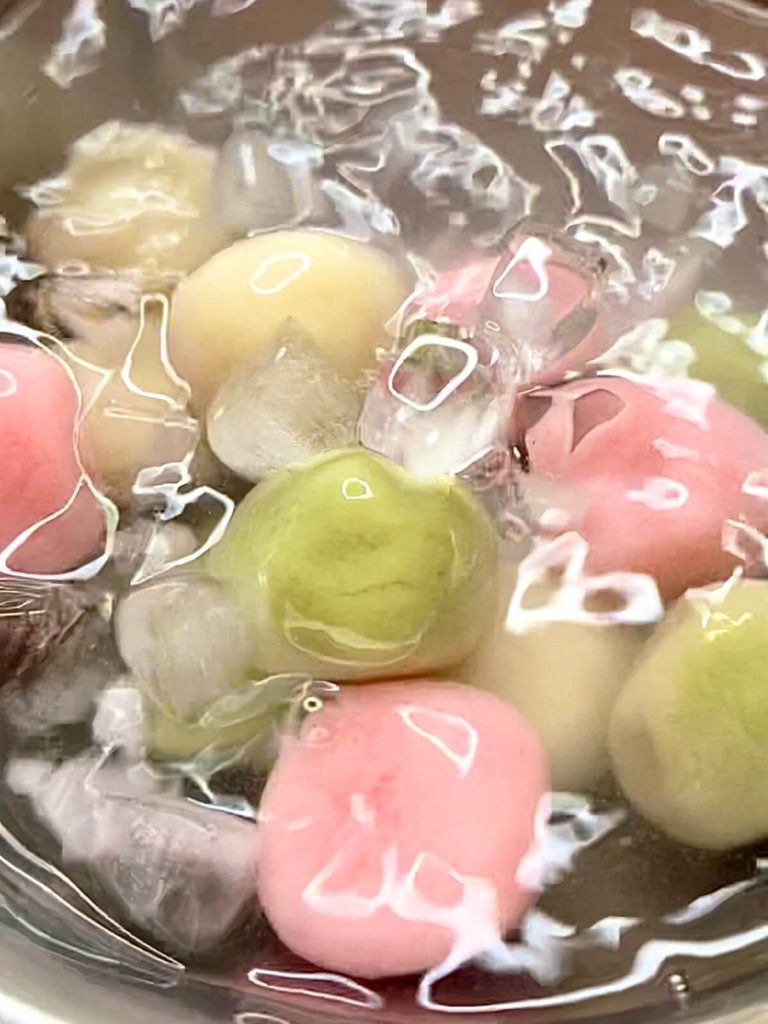
Watch my video tutorial below!
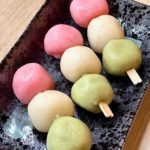
Hanami Dango
- Yield: 4 skewers 1x
Ingredients
- 100g Mochiko sweet rice flour
- 100g silken tofu
- 50g granulated sugar
- matcha & red gel for color
Instructions
- Use a scale to weigh the ingredients. If you don’t have a scale, you can try to add equal weights using your best judgement. It should have a very soft dough texture.
- Separate the dough into 3 (use a scale for precision) and add matcha and red gel for color. You only need a very small amount.
- Roll the dough into balls of about 20g. If your dough is too soft, add a bit more Mochiko. Or, if it’s too firm, add more silken tofu. You want the perfect texture for taste. The softer the dough, the better it will taste.
- Add the dough to the boiling water and cook for 1 minute, then reduce the heat and cover for about 4 minutes. It will rise to the top when ready. Transfer to an ice bath and skewer on bamboo sticks.
Notes
I prefer to use Mochiko brand for best taste, but you can also use glutinous rice flour which will give you similar results.
Adding gel color to the dough might make the consistency too soft to form into balls, so you can add a bit more Mochiko if needed.

